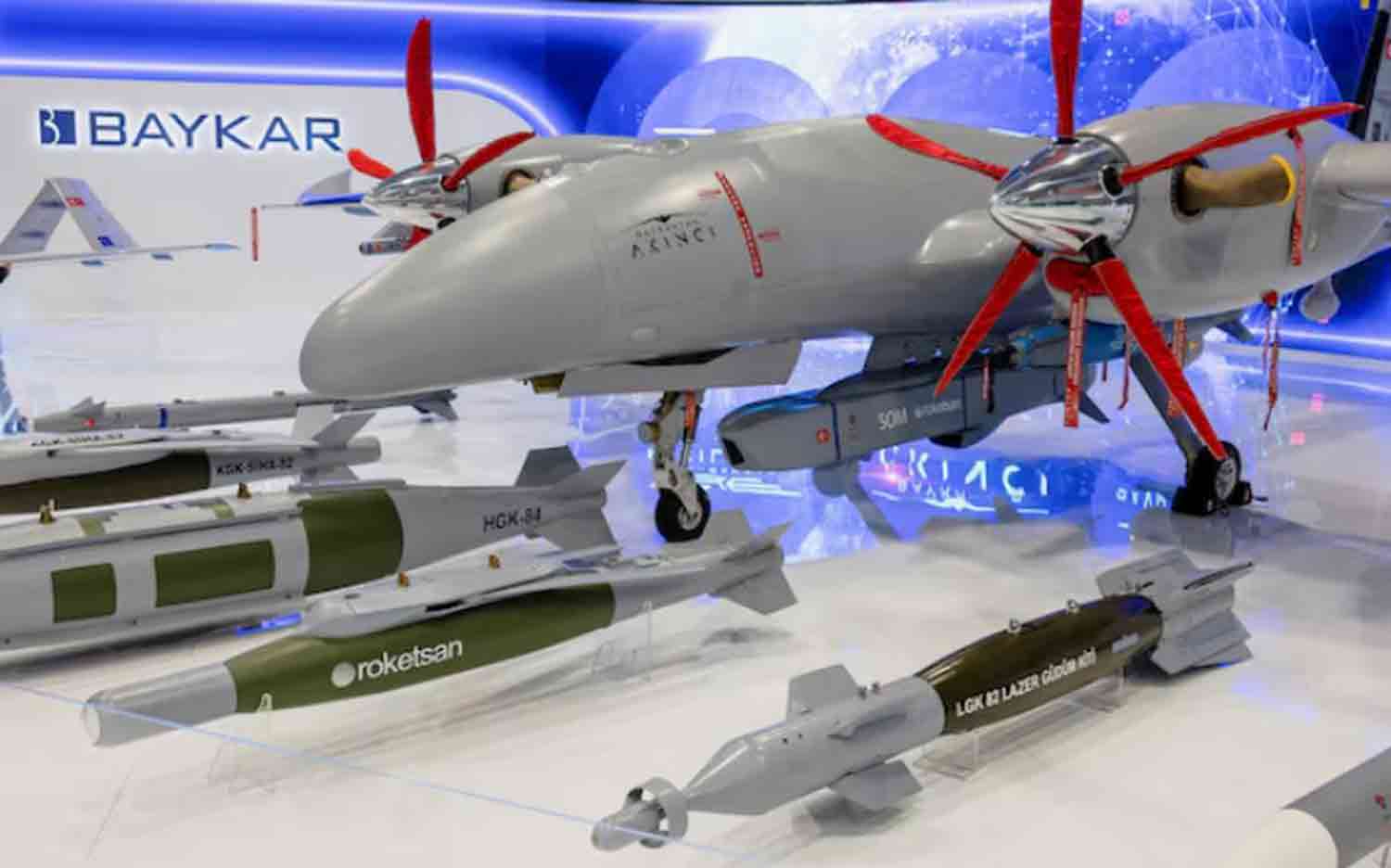In a striking turn of events, Russian media are now derisively asserting that Moscow has a greater stockpile of Javelin anti-tank missiles than the entire British armed forces. This assertion highlights a critical concern regarding the alarming rate at which Ukrainian forces are losing Western-supplied armaments during combat.
British military officials have expressed serious concerns about the swift depletion of costly NATO-supplied weaponry in Ukraine. Reports indicate that Ukrainian forces are utilizing these advanced systems in large, indiscriminate volleys rather than employing them with the necessary precision. This purported overreliance on Javelin and NLAW systems has resulted in a rapid reduction of available stock, prompting London to worry that Kyiv is overlooking NATO’s tactical principles.
However, the issue extends beyond mere battlefield tactics. Many Ukrainian soldiers, still adhering to Soviet-era military doctrines, are reportedly disregarding Western training, perceiving little benefit from NATO’s strategies in the intense, close-quarters combat they face against Russia.
British officials contend that this reluctance to embrace Western methodologies has led to considerable losses on the battlefield, with weapons being abandoned or misused in ways that advantage Russian forces.
Reports from the front lines reveal that Russian troops have consistently overrun Ukrainian positions, capturing well-stocked depots filled with Western-supplied arms. Even more alarming, Ukrainian soldiers have been observed leaving behind reusable Javelin launchers—each valued at approximately $100,000—often unaware that these can be reloaded and utilized multiple times.
The irony of Russian forces seizing these weapons has not gone unnoticed by Moscow’s state media, which has taken pleasure in ridiculing Western military support efforts. The assertion that Russia now possesses more Javelins than the UK serves as a pointed critique, while the more serious concern persists: Western arms continue to be delivered to Ukraine, yet a significant number of these valuable weapons are being captured by Russian forces due to battlefield losses.
Since the beginning of the Russian invasion in February 2022, there have been numerous reports of Russian troops capturing abandoned Ukrainian weapon stockpiles, including Javelin and NLAW anti-tank missiles.
In the early stages of the conflict, Russian forces reportedly took control of a substantial cache of Western-supplied arms that had been left behind by retreating Ukrainian troops. The Russian Ministry of Defense highlighted these captures, releasing images of American and British weaponry now under their control. As the conflict has evolved, similar occurrences have continued, especially during rapid Ukrainian retreats under intense Russian assault.
In addition to merely capturing these weapons, there are indications that Russian forces may be adapting them for their own operations or even transferring them to allies like Iran for potential reverse-engineering. Although the full scope of these activities is not entirely clear, the trend of abandoned Western arms underscores the logistical and tactical difficulties confronting Ukraine’s military.
The British Army currently has around 9,000 Javelin Anti-Tank Guided Missiles (ATGMs) in its inventory, which have been a vital component of the UK’s military capabilities since they replaced the older Milan system in 2005. These missiles play a crucial role in the operations of British rapid-reaction forces, including air assault brigades, commando units, and mechanized infantry.
Since the onset of the Russian invasion, Ukraine has received more than 12,000 Javelins from the United States and the United Kingdom. Although these figures may vary with the announcement of new military aid packages, the substantial quantity of weapons transferred highlights the extent of Western support.
Nevertheless, the increasing reports of abandoned or captured weapons raise concerns about the long-term implications of these supplies and whether Ukraine can effectively manage the battlefield assets it acquires.
As the conflict continues, the risk of Western weapons falling into Russian hands remains a significant worry for NATO and its allies. The combination of logistical challenges, battlefield withdrawals, and a reluctance to fully embrace Western combat strategies has resulted in a situation where some of the most advanced anti-tank systems are, paradoxically, becoming part of Russia’s military inventory.
In the complex landscape of modern anti-tank warfare, the FGM-148 Javelin is recognized as a prime example of American military innovation, engineered for effectiveness, mobility, and the safety of its operators.
Created through a collaboration between Raytheon and Lockheed Martin, the Javelin has established itself as a fundamental asset for infantry operations against armored threats, continuously evolving through various versions to meet both present and future battlefield demands.
The Javelin represents more than just a missile; it is an advanced weapon system that features a “fire-and-forget” capability. This allows the missile to autonomously navigate to its target using an infrared seeker after launch, enabling the operator to take cover immediately.
This capability, along with its soft launch technology, permits deployment from confined spaces, thereby minimizing the user’s exposure to enemy fire or the missile’s backblast, which is particularly advantageous in urban warfare scenarios.
Since its introduction in the mid-1990s, the Javelin has undergone numerous upgrades that have significantly enhanced its performance. The early models, such as the FGM-148A, B, and C, established the foundation with basic fire-and-forget features. However, it was the later versions that truly showcased the system’s versatility and effectiveness. The FGM-148E, released in 2017, included advancements in electronics, resulting in reduced weight and cost while preserving its operational capabilities.
The FGM-148F, which began production around 2020, represented a major enhancement with a multi-purpose warhead designed to engage not only armored vehicles but also softer targets like personnel and fortifications. This warhead incorporates an advanced tandem charge that effectively addresses modern reactive armor technologies, ensuring the Javelin’s continued relevance against evolving threats.
Further advancements were made with the FGM-148G model, which introduced an uncooled seeker that significantly shortens the time from deployment to launch, providing operators with increased opportunities to engage targets with minimal preparation. This model also benefits from ongoing improvements aimed at enhancing the missile’s range, accuracy, and resilience against emerging defensive systems, such as active protection systems found on tanks.
The Command Launch Unit (CLU) of the Javelin system has undergone significant enhancements. The original CLU, which weighs approximately 6.4 kg, functions not only as a launcher but also as a surveillance device, equipped with integrated day and thermal imaging sights.
The new Lightweight CLU, set for wider deployment, is designed to be 70% smaller and 40% lighter than its predecessor, while also boasting a 50% increase in battery life. These improvements greatly enhance the system’s portability and operational efficiency in the field.
The Javelin’s widespread adoption by various nations, including Australia, Bahrain, and the United Kingdom, along with its crucial role in conflicts such as the one in Ukraine, highlights its international importance. It has demonstrated its effectiveness in neutralizing Russian armored vehicles, often targeting from above where armor is most vulnerable, showcasing its top-attack capability.
The design philosophy of the Javelin has consistently focused on empowering infantry in anti-armor confrontations, allowing them to engage from a safe distance, under diverse weather conditions, both day and night, while minimizing exposure to enemy fire.
Success stories from Afghanistan, Iraq, and more recently Ukraine illustrate the system’s effectiveness, having successfully destroyed tanks, armored personnel carriers, and fortified positions with remarkable precision.
As military strategies evolve and new threats arise, the Javelin is continuously being refined, with new models and upgrades in ongoing development. This commitment ensures that the Javelin remains at the cutting edge of anti-tank warfare technology, serving as a critical asset for soldiers where precision is paramount and the stakes are high.
In the dynamic realm of modern warfare, the Javelin ATGM stands as a testament to innovation, reliability, and formidable destructive power, encapsulating the qualities that render contemporary military equipment both feared and respected on the global stage.
Discover more from Defence Talks | Defense News Hub, Military Updates, Security Insights
Subscribe to get the latest posts sent to your email.





